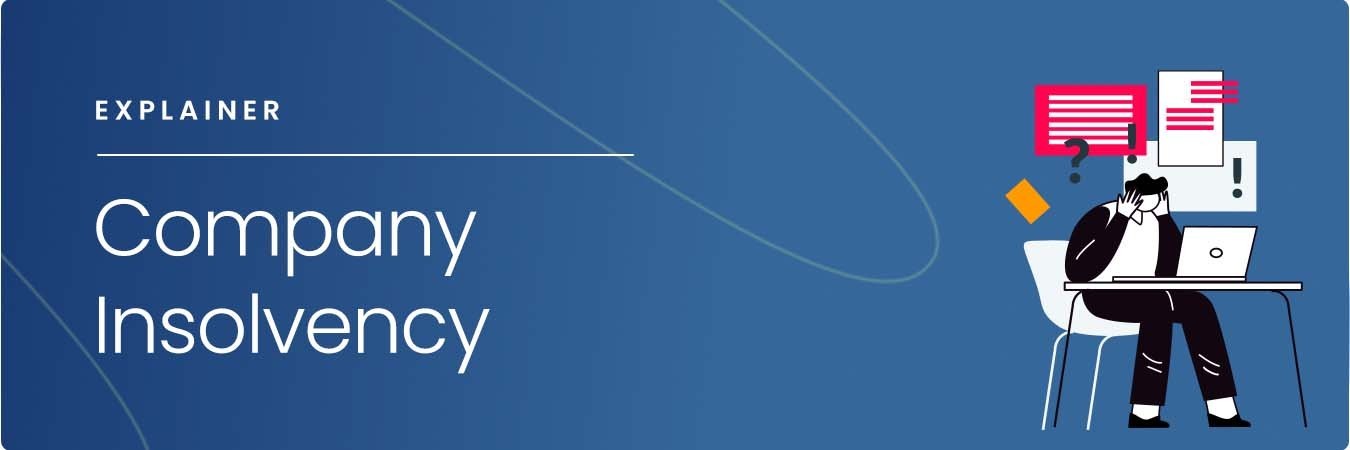Insolvency Practitioner Fundamentals Explained
Insolvency Practitioner Fundamentals Explained
Blog Article
Some Known Details About Insolvency Practitioner
Table of ContentsFascination About Insolvency PractitionerNot known Details About Insolvency Practitioner Unknown Facts About Insolvency PractitionerA Biased View of Insolvency PractitionerThe 3-Minute Rule for Insolvency PractitionerThe Single Strategy To Use For Insolvency PractitionerThe smart Trick of Insolvency Practitioner That Nobody is Discussing
Insurance coverage is kept track of and regulated by state insurance policy departments, and among their main purposes is securing insurance policy holders from the risk of a business in financial distress. When a business goes into a period of economic difficulty and is not able to meet its responsibilities, the insurance coverage commissioner in the company's home state launches a processdictated by the laws of the statewhereby initiatives are made to assist the business restore its economic ground.If it is figured out that the firm can not be rehabilitated, the business is stated financially troubled, and the commissioner will certainly ask the state court to order the liquidation of the company. The insurance coverage commissioner, either assigned by the guv or chosen, heads the state insurance policy department and monitors and regulates insurance coverage task within the state.
[Back] By acquiring control of a business, the commissioner (or the insurance policy division) is, by regulation, the rehabilitator or liquidator of the company. In this capacity, the commissioner or division takes control of the firm's procedures. Instead of do so straight, the commissioner might retain a special replacement receiver to supervise the company's tasks.
A Biased View of Insolvency Practitioner
The receiver supervises an accountancy of the company's properties and obligations and provides the estate of the business. In doing so, the receiver looks for to make the most of the firm's possessions, transfer them to cash money, and after that disperse that money to creditors having legitimate claims against the insurance provider according to repayment priorities defined by state law (in all states, insurance holders are concern complaintants whose insurance claims are paid prior to those of general financial institutions).
All insurance provider (with limited exemptions) licensed to offer life or wellness insurance or annuities in a state have to be members of that state's warranty organization. The guaranty association coordinates with the commissioner and the receiver in pre-liquidation planning. When the liquidation is ordered, the guaranty organization gives coverage to the company's insurance policy holders that are state residents (as much as the degrees specified by state lawssee listed below; any kind of advantage quantities above the guaranty asociation advantage levels end up being cases versus the company's remaining assets).
The above protection levels apply independently for each insolvent insurer. When an insurance provider fails and there is a shortage of funds required to fulfill the commitments to insurance policy holders, state guaranty associations are triggered. Warranty organizations have subrogation rights to a proportionate share of the assets remaining in the failed insurance go provider.
Indicators on Insolvency Practitioner You Should Know

NOLHGA establishes a job force of representative warranty organizations to collaborate with the insurance commissioner to create a strategy to shield insurance holders. To find out more on NOLHGA's role while doing so, see "What Is NOLHGA?" and "The Safeguard at the workplace." [Back]
You are below: Insolvency is when a firm or person can not pay financial debts when they are due. There are a number of options offered to a bankrupt firm or person: ASIC regulates firms, it does not handle individual insolvency procedures. For more details about personal bankruptcy and personal insolvency arrangements, visit the Australian Financial Safety Authority web site.
Some Known Details About Insolvency Practitioner
Anticipating security by helping you choose the appropriate consumers and the ideal markets to stay clear of uncollectable loan to begin with, many thanks to severe financial analysis - Insolvency Practitioner. Extensive market knowledge, offering you with 360-degree presence on company fields and foreshadowing problems. It would certainly be a simplification to assume a profession credit insurance coverage begins and ends with premiums and pay-outs
This can happen for a variety of reasons, including bad monetary monitoring, unexpected costs, or a modification on the market. If a pop over to these guys firm is financially troubled, it may be compelled to shut down or sell assets to pay lenders. This can have a major effect on the service, workers, and investors.
Why does a firm enter into insolvency? There are a number of reasons why a business might get in into insolvency.
Getting My Insolvency Practitioner To Work
Various other reasons for insolvency consist of fraud, mismanagement, and unanticipated expenses. Insolvency can likewise lead to work losses and the closure of businesses.
This can have severe effects for the company, its stakeholders, financial institutions and the economic situation. The firm might be compelled to market possessions, gave up personnel or also close down. This can have over at this website a knock-on impact on the regional area and the economic situation overall. Creditors may be neglected of pocket and the business's shareholders may see their investment go away.
This can take place for a number of factors, consisting of poor economic monitoring, unexpected costs, or an adjustment out there. If a company is insolvent, it may be required to fold or sell assets to pay financial institutions. This can have a major effect on business, staff members, and shareholders.
The Greatest Guide To Insolvency Practitioner
Why does a firm get in into bankruptcy? There are a number of factors why a company might enter into bankruptcy.
Various other factors for bankruptcy consist of fraudulence, mismanagement, and unforeseen expenses. Insolvency Practitioner. When a business becomes bankrupt, its possessions are used to pay off its financial debts. This can have a major influence on the organization, as it might no much longer have the ability to proceed operating. Insolvency can likewise cause work losses and the closure of companies.
Insolvency Practitioner Can Be Fun For Anyone

Report this page